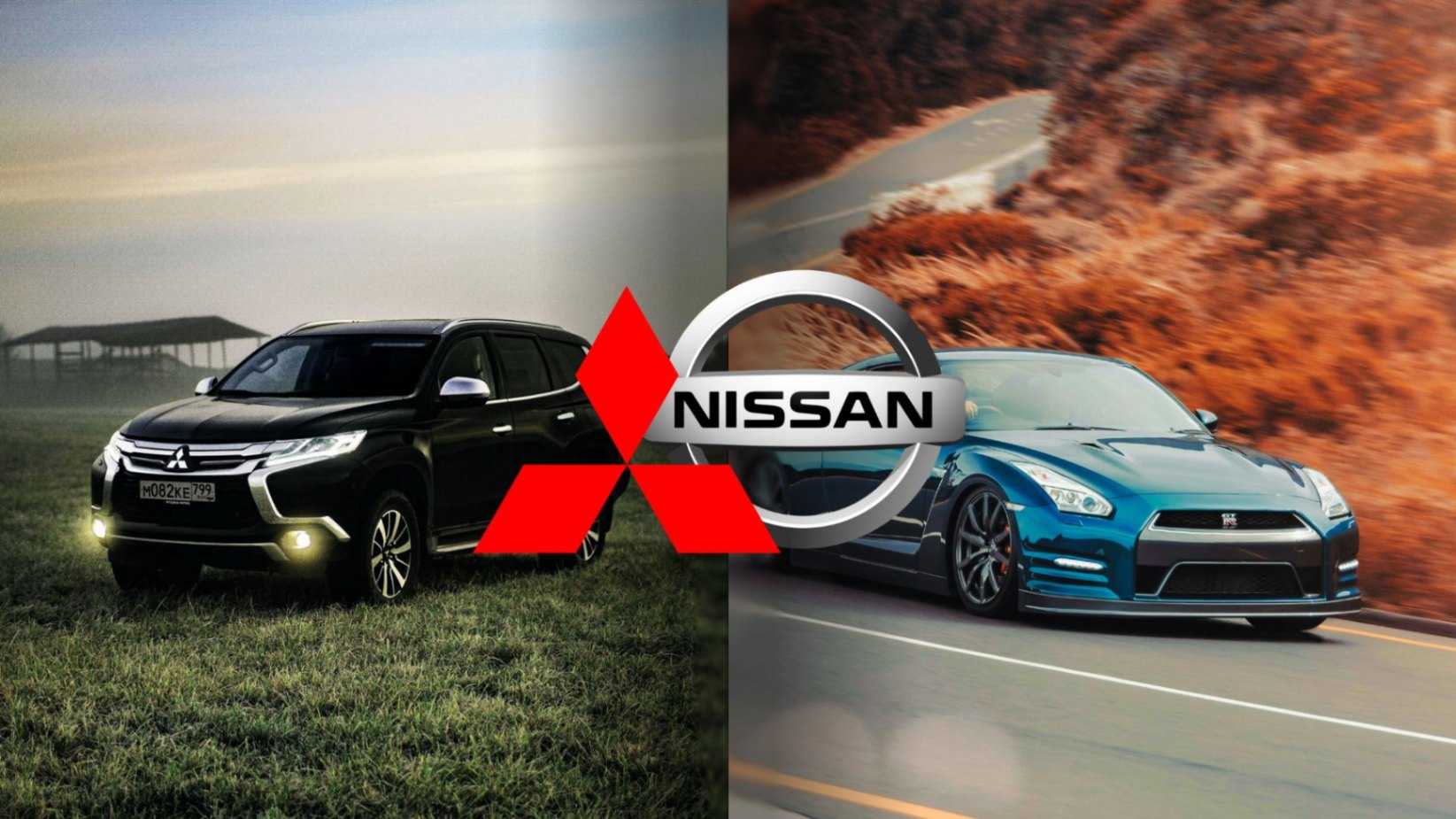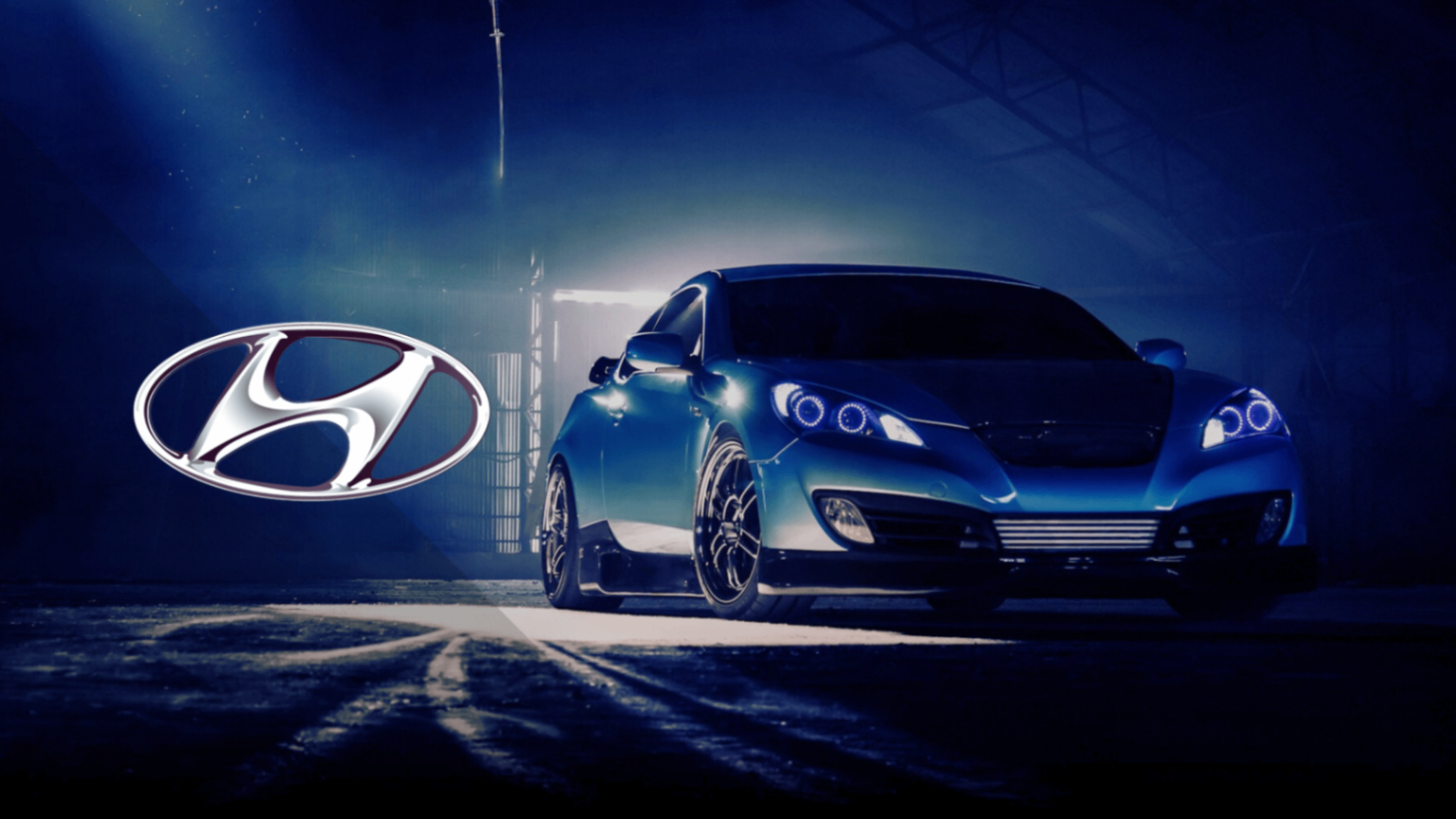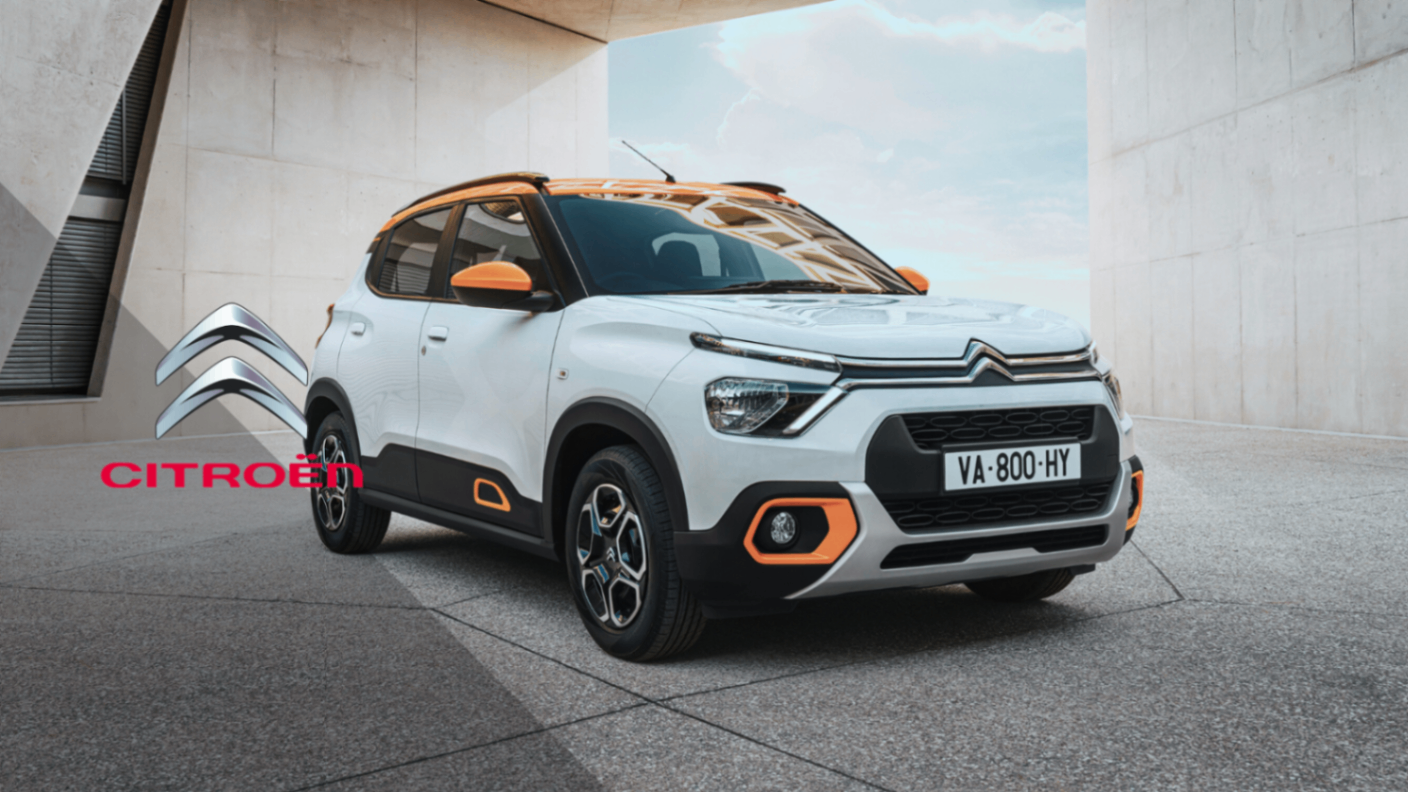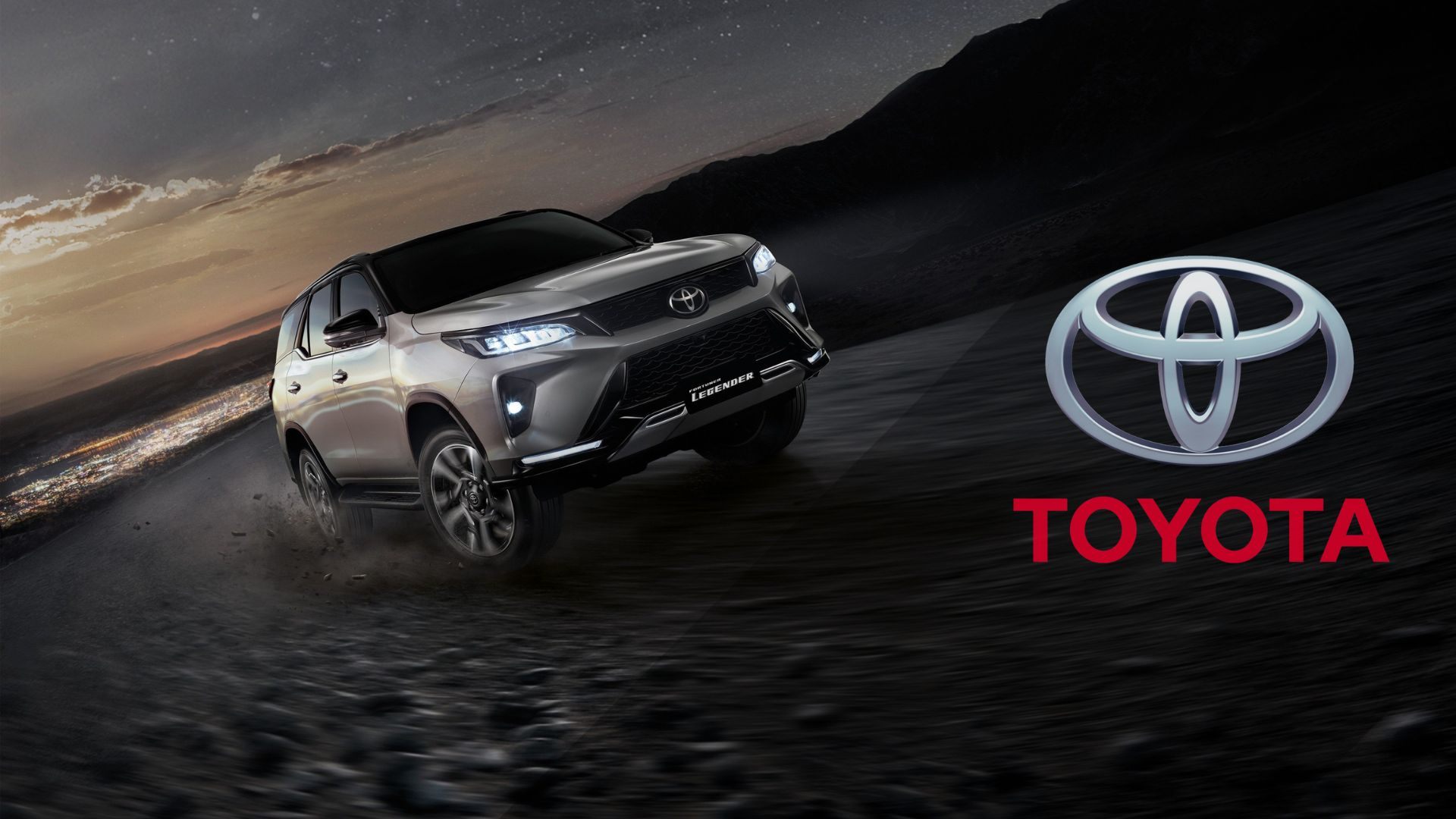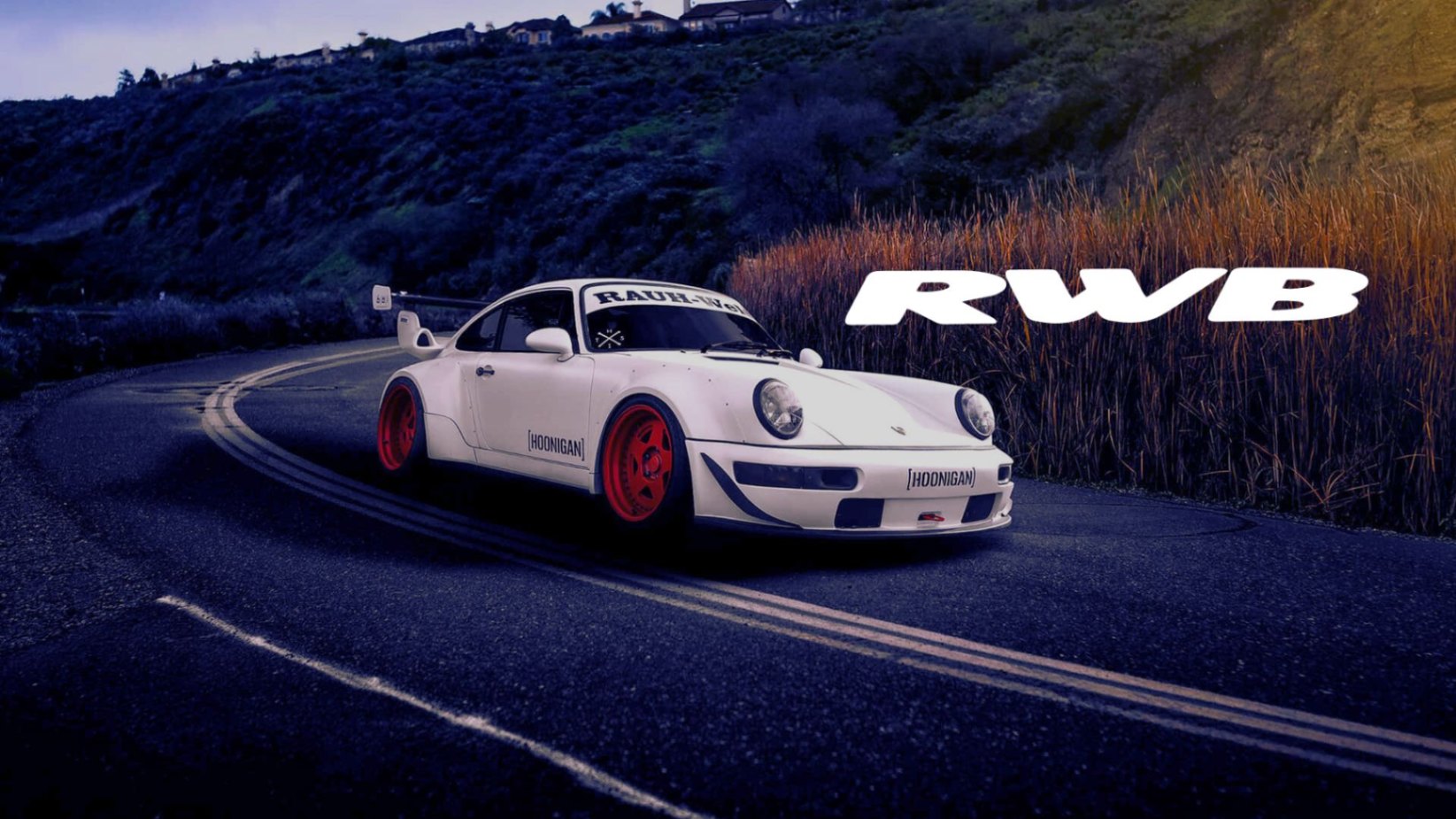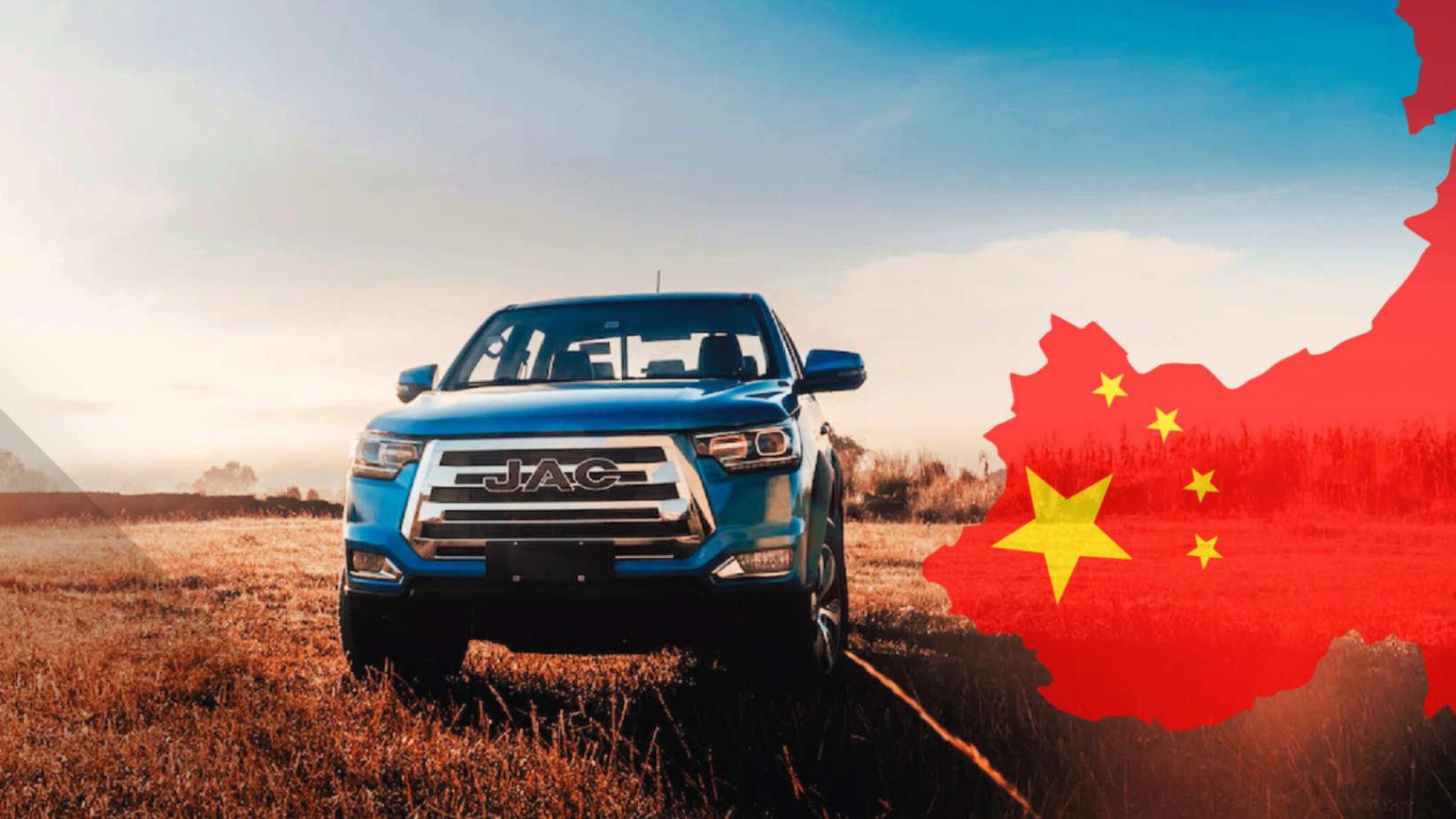
In the world of automotive, partnerships between companies are as common as gear shifts. Get comfortable and prepare yourself because today, we’ll dive into the story of how Mitsubishi, a giant in the industry, hit rock bottom. So much so that they had to accept crumbs from their rival to save the company.
The Beginnings
It all began in 1870 with the vision of Yataro Iwasaki, an ambitious young man descended from samurais who founded Mitsubishi, which means "three diamonds." His first business was in the world of maritime transport, where he quickly became a powerhouse thanks to his fleet of steamships.
Iwasaki was a shrewd businessman who did not limit himself to a single sector. Little by little, Mitsubishi began expanding its horizons into mining, shipbuilding, and, of course, vehicle manufacturing.
In 1885, Yataro Iwasaki, founder of Mitsubishi, passed away at the young age of 56. His death left a void in the company but also marked the beginning of a new era of expansion and diversification.
Yataro's brothers, Hisaya and Yanosuke, along with his son Yataro II, took over the leadership of Mitsubishi. Aware of the company’s great potential, they decided to implement an ambitious expansion plan that divided the company into three main divisions:
The first was Mitsubishi Shoji, responsible for commercial activities and import/export. The second was Mitsubishi Goshi Kaisha, dedicated to mining, shipbuilding, and heavy machinery manufacturing. The third was Mitsubishi Jidosha Seizo Kabushiki Kaisha, the automotive division responsible for vehicle development and production. However, this division was not created until 1917.
War Times
That year, the company debuted the Mitsubishi Model A, considered Japan's first mass-produced vehicle. It was a sturdy and reliable vehicle, and although its top speed was only 40 km/h, it represented a significant technological advancement for its time in Japan.
But since the 1930s, the Japanese government exerted strong control over private companies during the war, and Mitsubishi, like other companies, was forced to contribute to the war effort.
They received an order from the Japanese Army to develop an off-road vehicle capable of withstanding the harsh terrain conditions in China. The result was the PX33, a prototype that came to light in 1936 and became the brand's first 4x4 vehicle.
After Japan's defeat in World War II, Mitsubishi underwent a process of demilitarization. The company was forced to cease arms production and focus on civilian products. Companies that had collaborated with Japan’s war effort faced a series of sanctions.
Mitsubishi was one of the companies most affected by these measures. In 1947, General Douglas MacArthur, supreme commander of the Allied forces in Japan, ordered the dissolution of the Mitsubishi conglomerate. However, they allowed the reconstitution of the three main divisions: Mitsubishi Shoji, Mitsubishi Heavy Industries, and Mitsubishi Motors.
The three companies operated independently for a time. However, in 1990, they were restructured under a new holding company called Mitsubishi Corporation, which maintains the identity and legacy of the original conglomerate.

Company Successes
In 1953, Mitsubishi Motors marked its entry into the off-road vehicle segment by signing a licensing agreement with Willys-Overland to produce the iconic Jeep Willys in Japan. However, it couldn’t be sold in the local market due to a trade agreement between Japan and the United States that prohibited the sale of vehicles produced under a U.S. license in Japan.
They later launched the 500 Super Deluxe in 1960, which achieved a historic victory in the Macau Grand Prix. Japanese driver Yoshio Ogasawara drove the vehicle to victory in the 1.3-liter sedan category, beating competitors from brands like Alfa Romeo and BMW. They also launched vehicles like the Mitsubishi Colt F2000, a race car built to compete in the Japanese Formula 2000 championship during the 70s.
Mitsubishi expanded its market and began selling its cars in the U.S. in 1971 with its own U.S. subsidiary, Mitsubishi Motors Corporation in the United States.
They launched the Lancer 1600 GSR Rally, which achieved great success in rally competitions. It won numerous national and international events, including the 1976 Kenya Safari Rally, considered one of the most challenging rallies in the world.
In 1981, they launched the Mitsubishi Pajero, also known as Montero in some markets. It is an off-road vehicle famous for its victories in the Dakar Rally, the toughest rally raid race in the world. Mitsubishi won the Dakar a record 12 times between 1985 and 2007, all with the Pajero. This success cemented the Pajero's reputation as one of the best off-road vehicles in the world.
The Chrysler Agreement
In 1985, Mitsubishi signed a strategic collaboration agreement with Chrysler that included cross-shareholding between the two companies. Mitsubishi acquired a 15% stake in Chrysler, while Chrysler acquired a 10% stake in Mitsubishi.
However, the relationship was not entirely smooth, as Mitsubishi had a more conservative corporate culture, while Chrysler was bolder and more risk-taking. Mitsubishi was also reluctant to share its cutting-edge technology with Chrysler, which limited collaboration on joint projects. There were also disputes over jointly developed intellectual property.
Even so, Chrysler’s economic crisis in the late 70s changed the landscape. Tensions arose in the relationship with Mitsubishi as Chrysler increasingly depended on the Japanese company's technology and resources. In 1980, Chrysler sold its Australian division to Mitsubishi for 150 million Australian dollars, stabilizing the relationship once again.
In 1985, Mitsubishi and Chrysler decided to join forces. They created a joint venture with a 50% stake each, Diamond-Star Motors Corporation, which would produce vehicles for both the U.S. and Japanese markets. The first fruit of the alliance was the Mitsubishi Eclipse. This was followed by the Plymouth Laser and Eagle Talon, two similar models that also achieved great success.
However, strategic differences and financial problems began to erode the alliance. In 1995, Chrysler decided to sell its stake in Diamond-Star Motors to Mitsubishi. Despite Mitsubishi's efforts to keep the company afloat, production ended in 2006.

Major Crises for the Company
Mitsubishi continued its journey, presenting several iconic models during the 90s, including the GTO, the 3000GT, and the Lancer Evolution. The Lancer Evolution competed in the high-performance sports sedan segment, facing rivals like the Subaru Impreza WRX STi and the Honda Civic Type R. Everything was going smoothly for the company.
Check out more about Honda: Bombs Didn't Stop Him | The Incredible Story of Honda
However, in 1997, a financial crisis of epic proportions struck Asia. At the eye of the storm was Mitsubishi. The company, which had thrived thanks to the Asian economic boom, suddenly found itself hit by the devaluation of local currencies, capital flight, and a steep decline in stock markets.
But fortunately, Mitsubishi was not alone. Its older sister, Mitsubishi Corporation, a giant company with interests in various sectors, came to the rescue. Mitsubishi Corporation injected capital into the automotive subsidiary, helped restructure its debt, and provided the support needed to overcome the crisis.
In 2000, while Mitsubishi seemed to be recovering from the Asian financial crisis, a series of scandals related to concealed manufacturing defects shook the company and led to the end of its relationship with Chrysler, which did not want to be embroiled in the scandal. It was a severe blow to Mitsubishi. But once again, its older sister came to the rescue. It injected capital and made management changes at Mitsubishi Motors in an attempt to right the ship.
At the same time, Mitsubishi had an agreement with Nissan, a rival with whom it competed for leadership by offering vehicles with similar features and prices. The agreement stipulated that Mitsubishi would sell some
Nissan models rebranded under its own dealerships. However, this agreement was marred by a data falsification scandal by Mitsubishi.
In 2016, Nissan discovered that Mitsubishi had been manipulating fuel efficiency tests for some of its vehicles, including some sold under the Nissan brand. Nissan reported the irregularities to Japanese authorities and terminated its agreement with Mitsubishi.
The scandal had a significant impact on the company, which was fined over $500 million by Japanese authorities and had to compensate affected consumers. Consumer trust plummeted, sales dropped, and the company was on the brink of bankruptcy.
In this moment of darkness, Nissan decided to buy 34% of Mitsubishi’s shares for a sum of $2.3 billion. This was an injection of capital and confidence that Mitsubishi desperately needed.
Some see this action as Nissan’s saving hand—a gesture of solidarity between two industry titans. Others, however, harbor suspicions. Rumors suggest that Nissan took advantage of Mitsubishi’s weakness to acquire its shares at a lower price, letting it fall into disgrace to later buy it at a bargain.
Truth or mere speculation? What is certain is that Nissan's purchase has breathed new life into Mitsubishi. The company has managed to restructure, regain some consumer trust, and relaunch new models onto the market.
Mitsubishi Today
The future of Mitsubishi remains uncertain. The company still has a long way to go to regain its former glory. But the alliance with Nissan has helped bring about a positive transformation. Nissan’s experience, resources, and technology have allowed Mitsubishi to accelerate its renewal plans and reposition itself as a competitive and attractive brand in the market.
Today, Mitsubishi Motors continues to innovate and adapt to the new needs of the market. With hybrid, electric, and next-generation SUV models, the brand demonstrates its commitment to sustainability and technology.
Design has also undergone a radical change. More modern, dynamic, and elegant lines define Mitsubishi’s new models, reflecting an innovative spirit aligned with current trends.
The history of Mitsubishi has seen great highs and lows. From being a giant on the brink of collapse, they joined forces with their former rival to forge a new path. Will this alliance be a resounding success or a failure? Only time will tell! But one thing is certain: the three-diamond brand continues to shine, proving its ability to adapt and fight for its survival.

